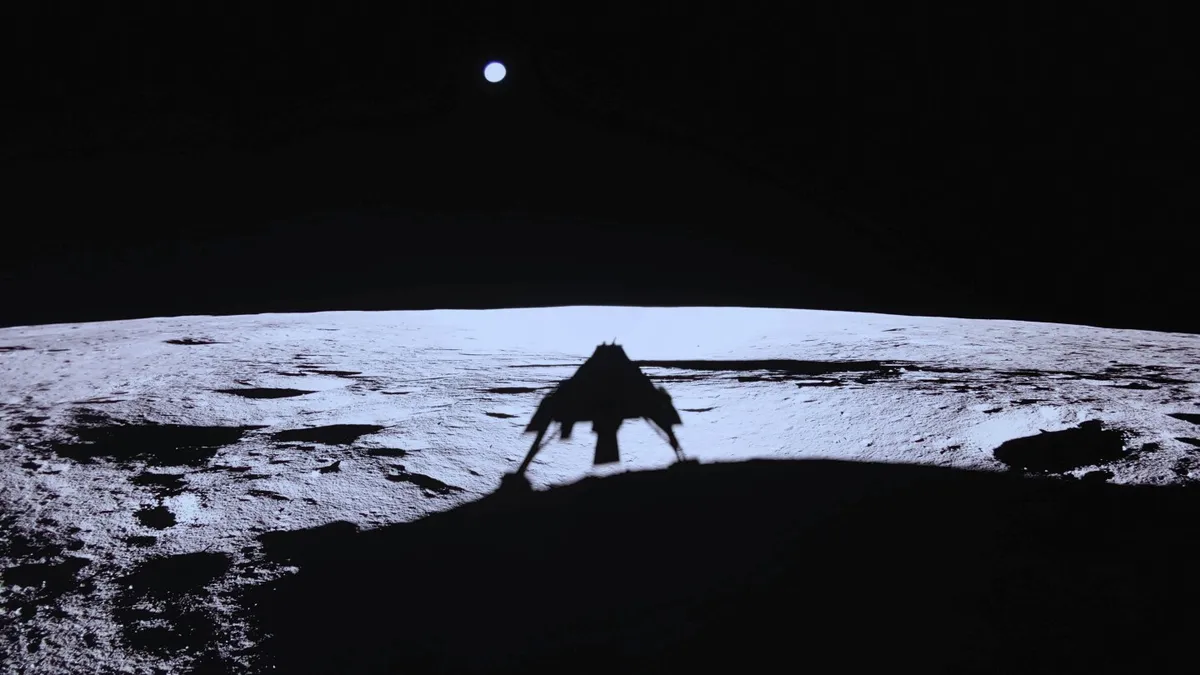
CAPE CANAVERAL, Fla. — The first private lunar lander to achieve a fully successful moon mission has officially reached the end of its journey. Firefly Aerospace's Blue Ghost lander fell silent over the weekend after completing two weeks of scientific experiments for NASA. The mission concluded as the sun set on the moon, leaving the lander’s solar panels without energy.
“Mission is completed,” stated Firefly CEO Jason Kim via X late Sunday night. “But the Ghost still lives on in our hearts and minds for the journey it’s taken us on!” The Blue Ghost lander operated for five hours into the lunar night as planned before its systems shut down on Sunday evening. Kim also announced that photos capturing the lunar sunset and glow would be released on Tuesday.
The Blue Ghost lander was launched from Cape Canaveral in January as part of NASA’s commercial lunar delivery program. It successfully landed on the moon’s far northeastern edge on March 2. During its mission, the lander carried a drill, vacuum, and various scientific and technological instruments designed for NASA's research.
Firefly Aerospace confirmed on Monday that all ten experiments conducted by Blue Ghost were successful. Notably, late last week, the lander observed a total solar eclipse from the moon, a phenomenon that appeared as a total lunar eclipse from Earth.
This achievement positions Firefly Aerospace as the first private company to successfully land on the moon, following a series of failed missions from other companies in recent years. To date, only five countries—the United States, Russia, China, India, and Japan—have successfully completed lunar landings. A Japanese company’s lunar lander, which shared a SpaceX rocket ride, is currently en route to the moon, targeting an early June touchdown.
In contrast, another Texas-based company, Intuitive Machines, faced setbacks earlier this month when its lander ended up sideways in a crater near the moon’s south pole, resulting in a doomed mission. This incident marks the second incomplete mission for Intuitive Machines, following a less-than-perfect landing last year that made the U.S. return to the moon for the first time since the Apollo era.
Despite the challenges faced by the industry, Firefly Aerospace is already moving forward with plans for its next lunar lander. The company aims for a goal of one moon landing per year, continuing its commitment to lunar exploration and scientific discovery.
The Associated Press Health and Science Department receives support from the Howard Hughes Medical Institute’s Science and Educational Media Group and the Robert Wood Johnson Foundation. The AP is solely responsible for all content.